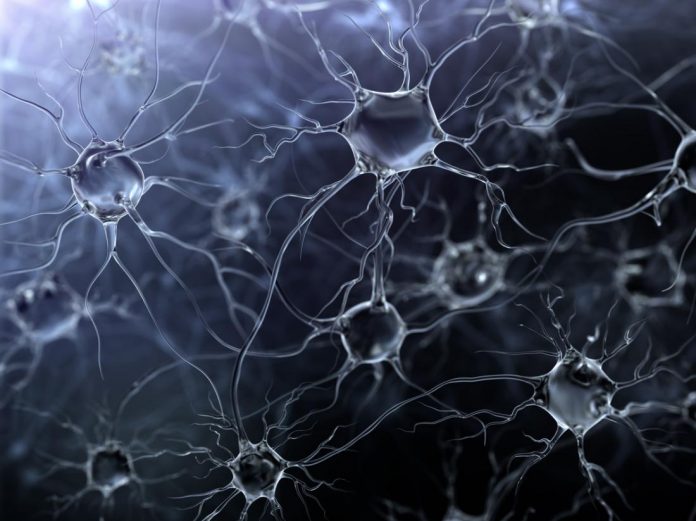At present, there is no cure and no real test for Alzheimer’s disease until death, when an examination of the brain can reveal the amyloid plaques that are a telltale characteristic of the disease. In addition, the same plaque deposits have been found in the brains of individuals who had no cognitive impairment; this led researchers to speculate why some individuals develop Alzheimer’s disease and some do not.
A research team at the UCLA School of Nursing, led by Professor Karen Gylys, may have uncovered the answer. Their study, which was published in the January issue of the American Journal of Pathology, is the first to explored disease progression in the synapses, the location where brain cells transmit impulses. The investigators analyzed autopsy tissue samples from different locations of the brains of patients who were considered cognitively normal and those who met the criteria for dementia. Using flow cytometry, which is a laser-based technology that suspends cells in a stream of fluid and passes them through an electronic detection apparatus, they measured the concentration of two of the known biochemical hallmarks of Alzheimer’s: amyloid beta and p-tau, proteins. When these substances are found in high levels in brain fluid, they are indicative of Alzheimer’s disease. This allowed the investigators to view large populations of individual synapses, more than 5,000 at a time, versus just two under a microscope.
The researchers found that individuals with Alzheimer’s disease had elevated concentrations of synaptic soluble amyloid-beta oligomers, which are smaller clusters of amyloid-beta that are toxic to brain cells. These oligomers are believed to affect the synapses, making it harder for the brain to form new memories and recall old ones.
“Being able to look at human synapses has almost been impossible,” Ms. Gylys said. She added, “They are difficult to get a hold of and a challenge to look at under an electron microscope.” To overcome that obstacle, the investigators cryogenically froze the tissue samples, which prevented the formation of ice crystals that would have occluded the synapses if the samples been conventionally frozen. In addition, the investigators conducted a special biochemical assay for oligomers, and found that the concentration of oligomers in patients who had dementia was much higher than in patients who had the amyloid plaque buildup but no dementia.
The investigators also studied the timing of the biochemical changes in the brain. They found that the accumulation of amyloid beta in the synapses occurred in the earliest stages of the amyloid plaques, and much earlier than the appearance of synaptic p-tau, which did not occur until late-stage Alzheimer’s disease had developed. This result supports the currently accepted “amyloid cascade hypothesis” of Alzheimer’s, which notes that the accumulation of amyloid-beta in the brain is one of the first steps in the development of the disease.
The researchers next plan to examine exactly how soluble amyloid-beta oligomers lead to tau pathology and whether therapies that slow the accumulation of amyloid-beta oligomers in the synapses might delay or even prevent the onset of Alzheimer’s-related dementia. “The study indicates there is a threshold between the oligomer buildup and the development of Alzheimer’s,” Ms. Gylys explained. She added, “If we can develop effective therapies that target these synaptic amyloid beta oligomers, even a little bit, it might be possible to keep the disease from progressing.”
Ms. Gylys noted that individuals can reduce their risk for Alzheimer’s via lifestyle and diet choices; however, that is not a complete prevention. She said, “Alzheimer’s disease, like heart disease or cancer, is a lot of things going wrong, but understanding this threshold effect is very encouraging.”















